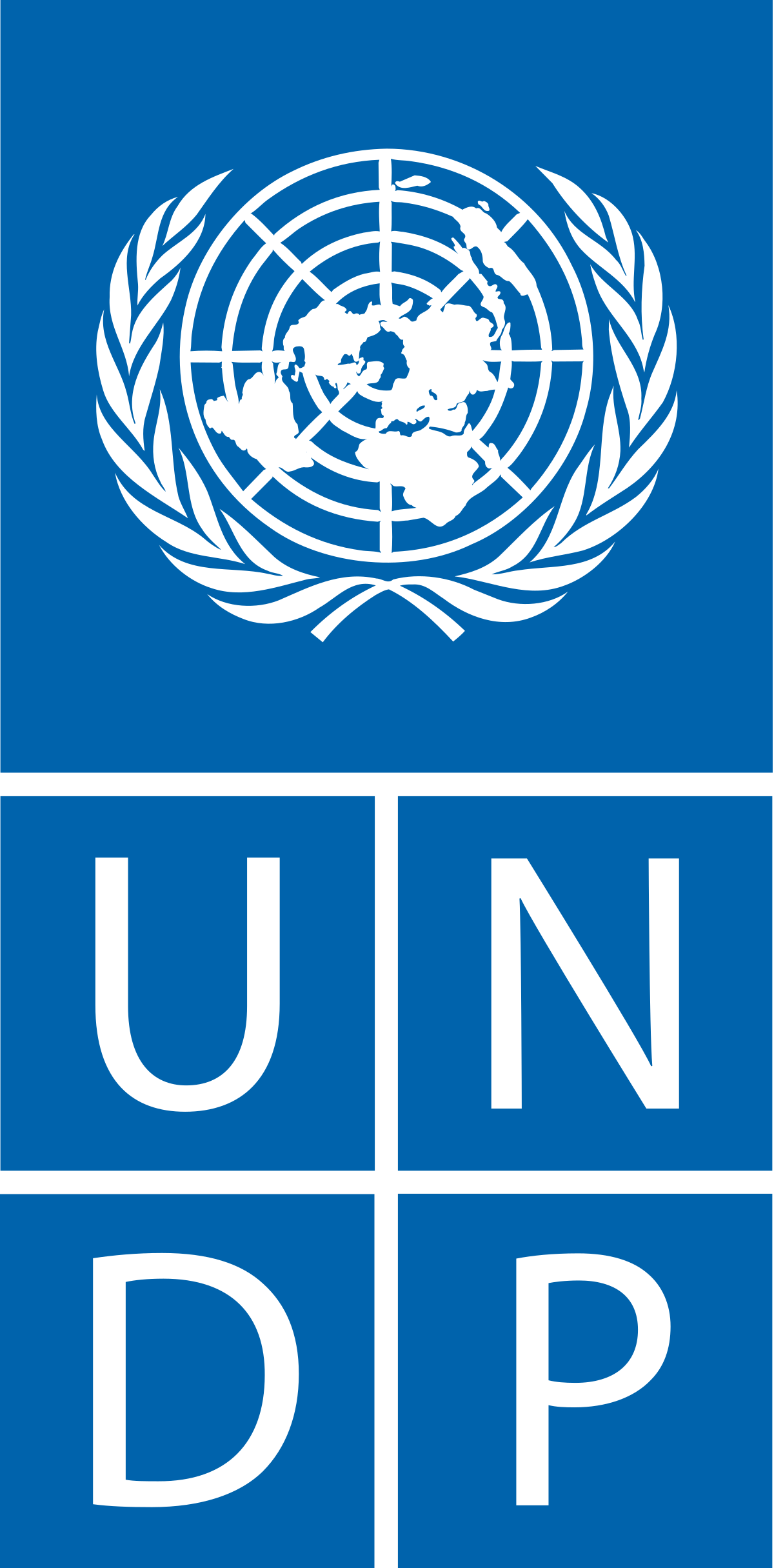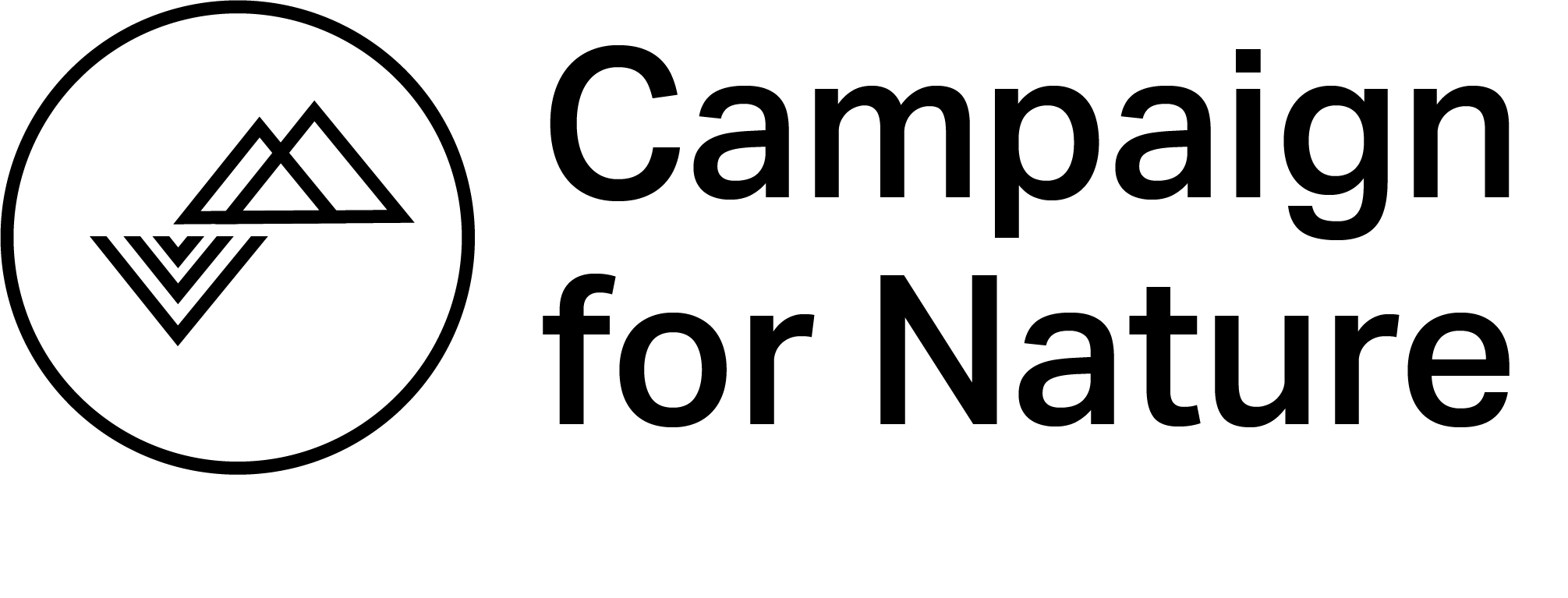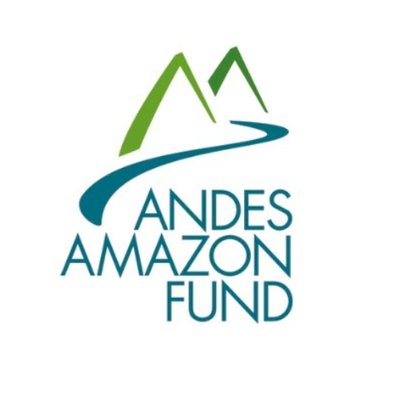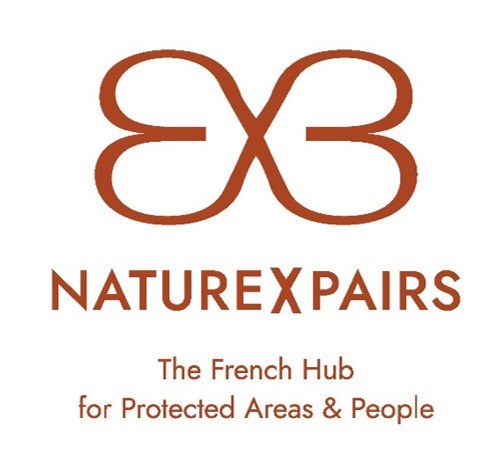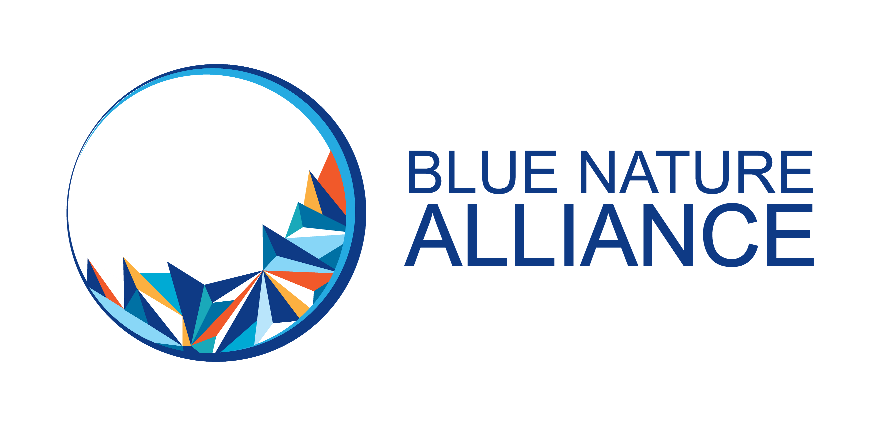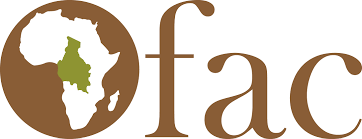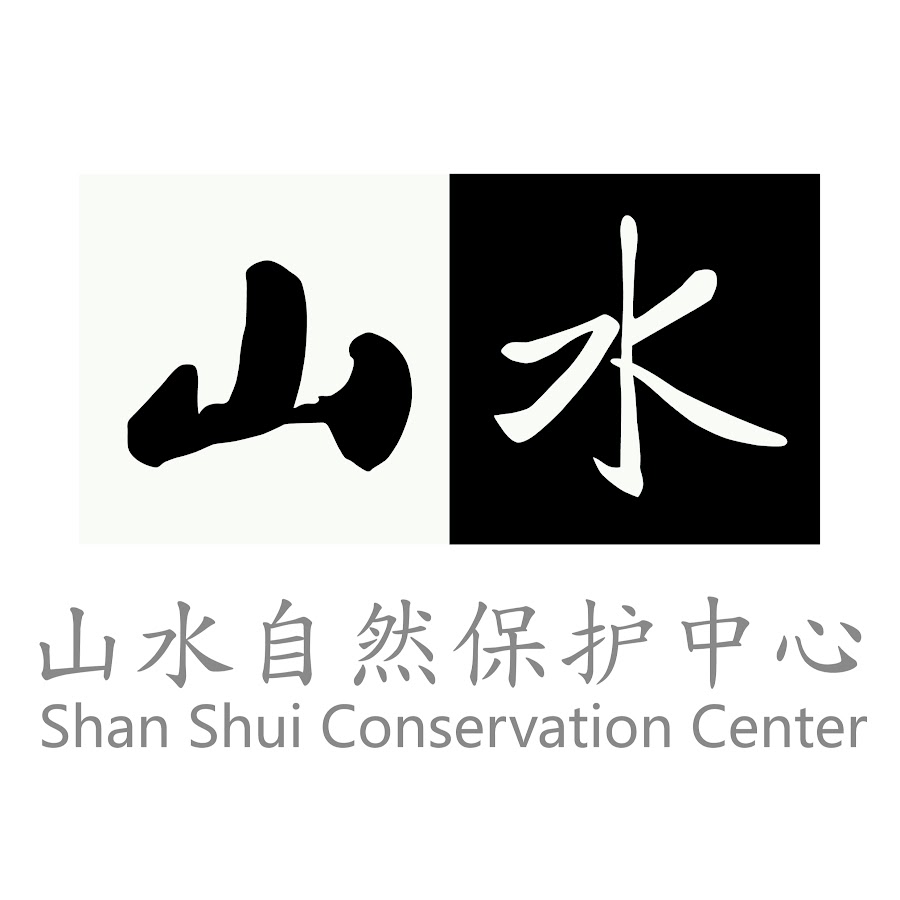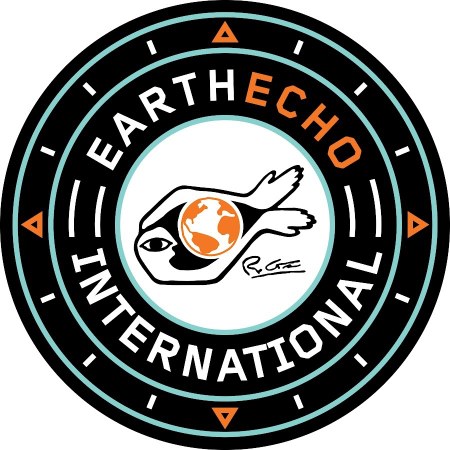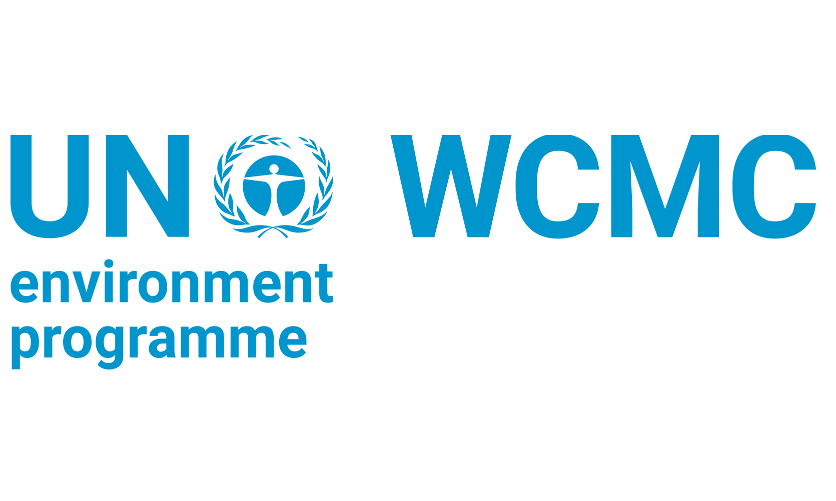- About
- Members
- Tools
Tools
The HAC for N&P has developed tools to support members in implementing 30x30. These tools enhance access to 30x30 information and provide technical and financial assistance for their 30x30 projects.
30×30 Solutions Toolkit
The 30×30 Solutions Toolkit is a curated web resource, providing guidance and information to implement Target 3, developed in partnership with IUCN-WCPA and The Nature Conservancy.
HAC 30×30 Matchmaking Platform
The 30×30 Matchmaking Online Platform connects HAC for N&P members with technical assistance providers and possible funding resources for the implementation of their Target 3 activities.
Rapid Deployment Mechanism (RDM)
The Rapid Deployment Mechanism is a grant to assist developing nations in accelerating the development and implementation of 30×30.
- Progress
Progress
We are in a race to protect nature. Discover global data insights and explore how member countries are advancing toward protecting 30% of land and sea by 2030.
Explore All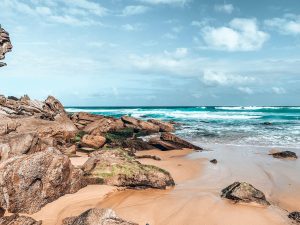
Australia – Roadmap to 30×30
The 2021 State of the Environment Report found that Australia’s unique animals and plants are under significant pressure. Action is needed quickly to arrest environmental decline and prevent new extinctions…

Canada – Building conservation quality, quantity and collaboration
Canada released its national, 2020 biodiversity targets, based on the Aichi Targets, in 2015. The first of these 19 targets focused on increasing area-based conservation through the use of protected…
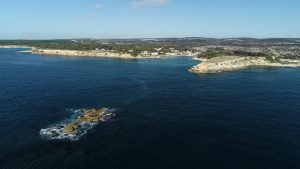
France – The road to 30×30: Opportunities, Challenges and Lessons
As a member of the High Ambition Coalition (HAC) for Nature and People, France is committed to protect 30% of its marine areas and 30% of its land areas, by…
- Events & News
- Join HAC
- Contact Us
